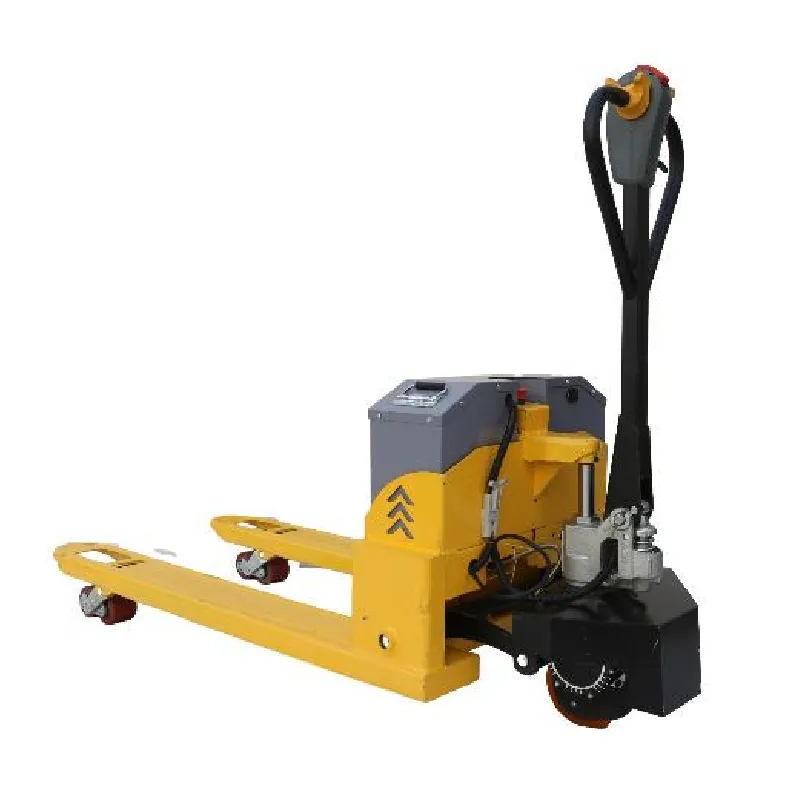


The Importance of Safety Lock Chain Blocks in Modern Safety Standards
In an increasingly industrialized world, ensuring safety in heavy lifting and material handling operations has never been more crucial. One significant innovation that has emerged to enhance safety protocols is the safety lock chain block. This vital piece of equipment plays a crucial role in various sectors, from construction sites to manufacturing plants, by providing an extra layer of security for both workers and machinery.
Understanding Safety Lock Chain Blocks
A safety lock chain block, often referred to as a manual chain hoist, is designed to lift and lower heavy loads using a chain mechanism. The key feature that differentiates a safety lock chain block from traditional hoists is its safety locking mechanism. This mechanism prevents accidental release of the load, ensuring that items are held securely in place until the operator is ready to lower them.
The construction of safety lock chain blocks involves high-quality materials designed to withstand immense weight and pressure. Typically made from reinforced steel, these blocks are not only durable but also optimized for heavy-duty lifting. The incorporation of a safety lock mechanism ensures that loads are not only loaded safely but can also be maneuvered securely, minimizing the risk of accidents.
Enhancing Workplace Safety
Workplace safety is a top priority for any organization involved in heavy lifting operations. According to the Occupational Safety and Health Administration (OSHA), many injuries in industrial settings stem from improper lifting practices or equipment failures. The use of safety lock chain blocks significantly mitigates these risks.

When properly used, safety lock chain blocks ensure that the load remains stationary during lifting and lowering procedures. The locking mechanism engages automatically when the load is lifted, thus preventing any unintended movement if the operator needs to pause or if there’s a sudden power failure. This intrinsic safety feature is invaluable, especially in environments where multiple workers operate near heavy machinery.
In addition to their mechanical advantages, safety lock chain blocks also contribute to creating a culture of safety. Their presence in the workplace reinforces the importance of using reliable equipment and adhering to safety protocols. Workers are more likely to comply with the procedures when they see that their employer prioritizes their safety by investing in quality lifting equipment.
Applications Across Industries
Safety lock chain blocks are versatile tools that find applications across various industries. In construction, they are essential for lifting building materials, tools, and equipment to elevated sites safely. In manufacturing, they aid in assembly lines where heavy components must be shifted efficiently. Additionally, in maintenance and repair operations, these hoists are frequently used to lift machinery parts for inspection or repair.
Beyond traditional industrial settings, safety lock chain blocks are also utilized in entertainment industries, such as stage production, where heavy lighting or set pieces must be adjusted frequently. Their adaptability to different environments and loads makes them integral in safely achieving the necessary lifting functionality.
Conclusion
The safety lock chain block is an indispensable tool in modern industry, designed with the primary goal of safeguarding workers and ensuring efficiency in heavy lifting operations. By minimizing the risk of accidents through reliable locking mechanisms and robust design, these devices uphold workplace safety standards that can save lives. As industries continue to evolve, the importance of using such safety-oriented equipment will only grow. Organizations that prioritize the safety of their employees not only comply with regulatory standards but also foster a work environment that values human life and productivity. In the future, as innovations continue to emerge, safety lock chain blocks will likely see enhancements that further bolster their functionality, contributing to a safer and more efficient industrial landscape.



